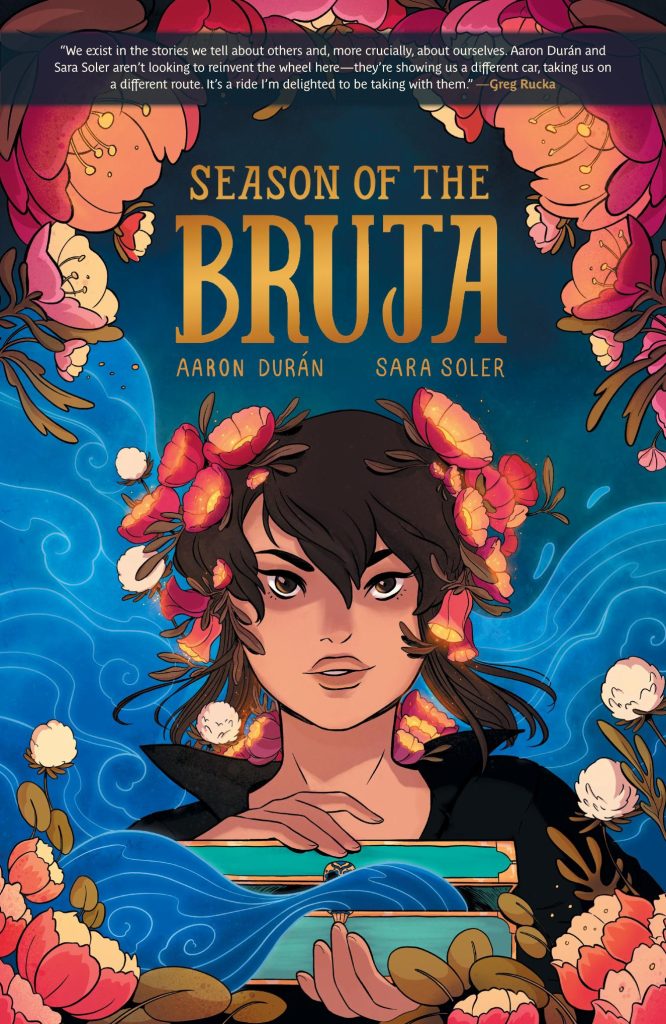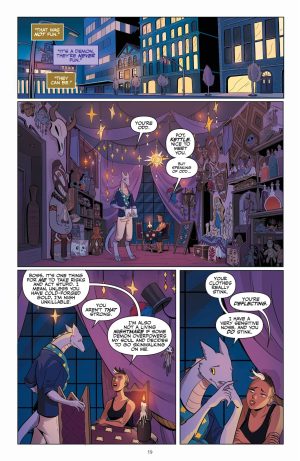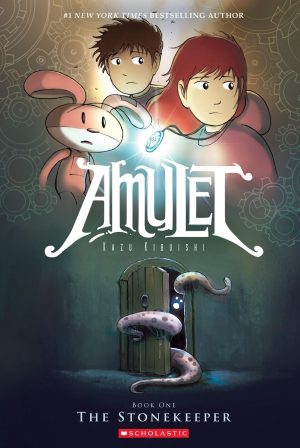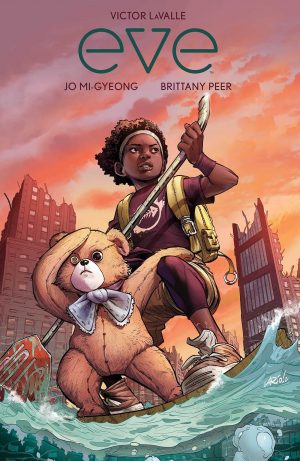Review by Karl Verhoven
There’s no settling into Season of the Bruja, which heads straight into the action with a team of specialists attempting to exorcise the demon that’s possessed a young child. The key character is Lia, the bruja of the title, raised by her grandmother to be a protector of people and tradition. The exorcism is achieved with the help of her colleagues, were-coyote Dana and bonafide chupacabra Chuey.
Aaron Duran makes a pretty fearless choice by having Lia’s primary challenge being a tattooed priest working for a cardinal intent on wiping out the last vestiges of ancient Latin American myth and culture. Cultural aspects are fudged by not making them too specific, acclaiming the achievements of what could be various societies rolled into one via the cardinal’s admiration for what he intends to purge completely, continuing a centuries-long battle of domination. A first pass at Lia’s gran isn’t as successful as intended. “As long as the soul of a bruja stays intact she can pass on her knowledge”, the cardinal tells us, and as he’s a guy so dedicated he hangs around in his robes and hat in his off hours, we can probably take him at his word.
Although supplied with exotic trimmings, this is a coming of age story for Lia, and needs the artistic sensitivity Sara Soler supplies. That’s not her only skill, though. She’s dedicated enough to keep the viewpoint pulled out in order to fit the background details of a kitchen or a museum, and there are some eye-popping spreads. Most importantly, though, she conveys the emotional loss integral to Season of the Bruja.
You won’t find many young adult graphic novels with such an honest emotional spread. All too often the concentration is on finding the positive in any situation, when the truth is that anger and grief are all part of the human spectrum and should be acknowledged, not suppressed. Duran also places value on learning, although as part of that Spanish phrases are plentiful in an otherwise English story. It supplies integrity to a Latin American cast, and eventually becomes Lia’s quest. There’s clever use of foreshadowing and a density about what seems to be being set-up for the long run.
Lessons are learned during Seasons of the Bruja, making for a spirited story to which a sequel would be very welcome.





